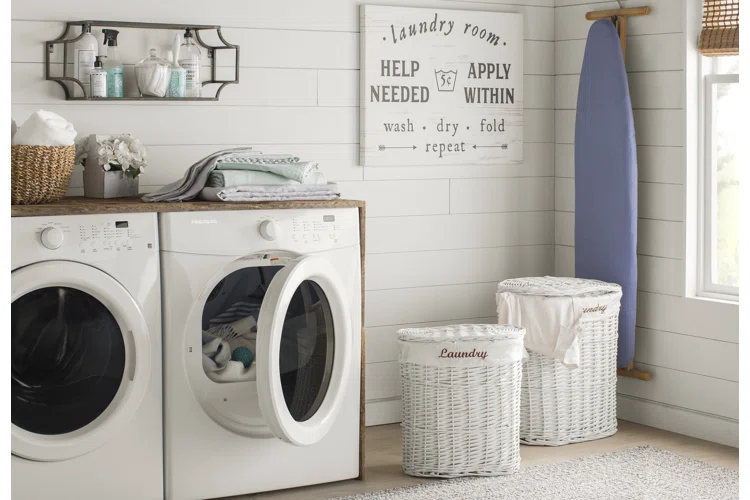One effective way to lower your carbon footprint is to select energy efficient appliances. Energy and water savings combined with reduced electricity bills makes for an impressive reduction.
While more energy efficient products tend to cost more, their investment could prove worthwhile due to state, local or utility rebates available when purchased.
Energy Star
Energy-efficient appliances can both reduce your carbon footprint and save you money on utility bills. ENERGY STAR certified appliances typically use up to 75% less energy and last 10 times longer than traditional models – making them a worthwhile investment for both your home and family.
Energy Star-qualified lightbulbs use two-thirds less energy than standard incandescent bulbs and save money on electricity bills. Furthermore, fridges that meet this qualification consume 15% less power compared to standard models while helping reduce greenhouse gas emissions.
ENERGY STAR is the government-endorsed symbol for energy efficiency, offering credible and unbiased information that consumers and businesses rely on when making energy efficiency decisions. Since 1992, ENERGY STAR has helped Americans save over 5 trillion kilowatt-hours of electricity while saving them more than $500 billion in energy costs while cutting 4 billion tons of greenhouse gases emissions.
Water Efficiency
Water delivery, heating, and treatment processes consume considerable energy, contributing significantly to both residential and commercial facility energy costs.
There are a variety of easy and inexpensive ways we can all conserve water, reduce our carbon footprint, and help preserve the environment – including installing WaterSense labeled fixtures and ENERGY STAR-rated appliances in our homes and businesses.
In 2006, the United States Environmental Protection Agency (EPA) initiated its voluntary WaterSense program. Products certified to meet this standard offer consumers assurance of performance and savings on their water bills.
Energy Efficiency Ratings
Selecting energy-efficient appliances can reduce both your electric bill and carbon footprint by insulating your home, using eco-friendly products, and opting out of electricity from coal and gas sources.
Environmental Protection Agency and Department of Energy collaborate to make efficiency information easily visible to consumers. For instance, when shopping for new refrigerators or washer-dryers, look out for products with the ENERGY STAR label to see which use less energy than others.
Once you’ve determined the efficiency of an appliance, it is possible to calculate its operating cost each month using your monthly electricity bill and dividing its unit price by how many watts (watts) of input power it consumes.
In 2021, refrigerators, washing machines and washer-dryers will be replaced by an easier A-G scale that makes comparisons simpler allowing consumers to easily select energy efficient appliances that will not only lower their electric bill while helping save the planet.
Recycling
Recycling is a sustainable solution to waste reduction that involves sorting, cleaning and reusing unwanted materials in new products. Recycling offers an environmentally-friendly option that reduces landfill waste.
Starting the process starts when people collect recyclable items and place them into bins or carts for collection. Next, these materials are transported to a recycling recovery facility for sorting and cleaning before being returned back into circulation.
Once the materials have been sorted, they are then processed into various products such as paper, wood, plastics, metal and glass – ultimately sold back as raw materials to manufacturers.
Recycling can save money on energy costs while helping to lower emissions, while contributing to the green movement in an easy and sustainable manner.




